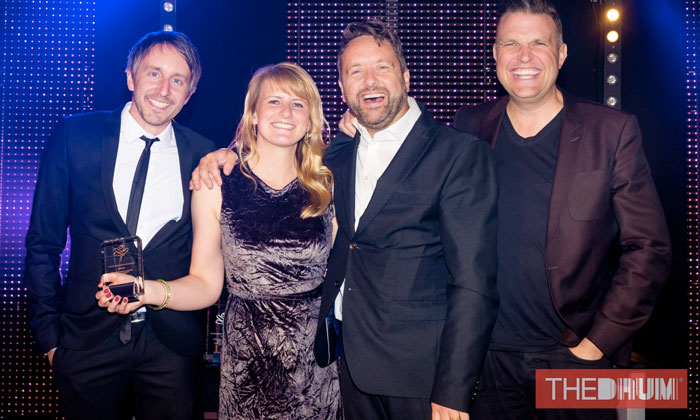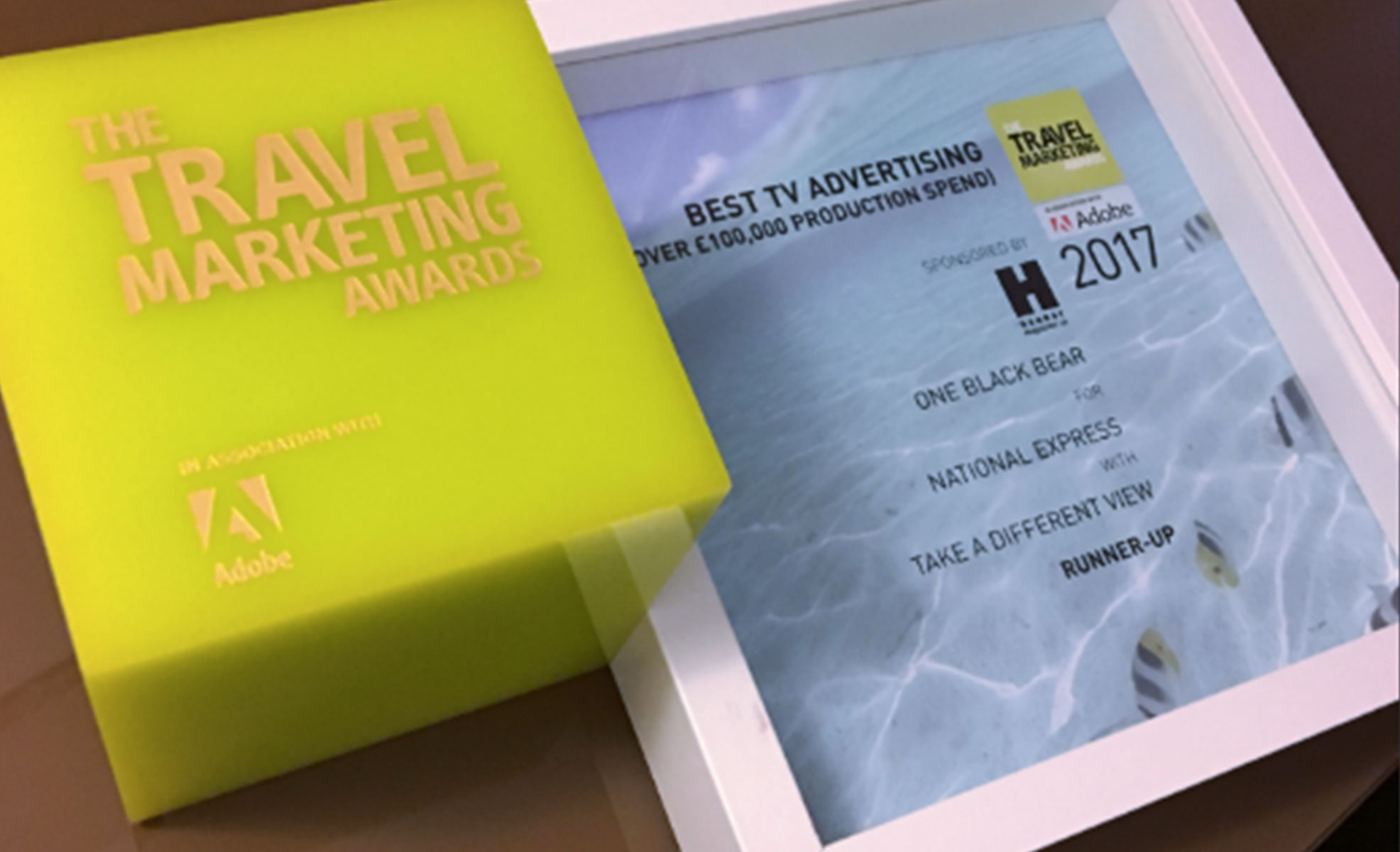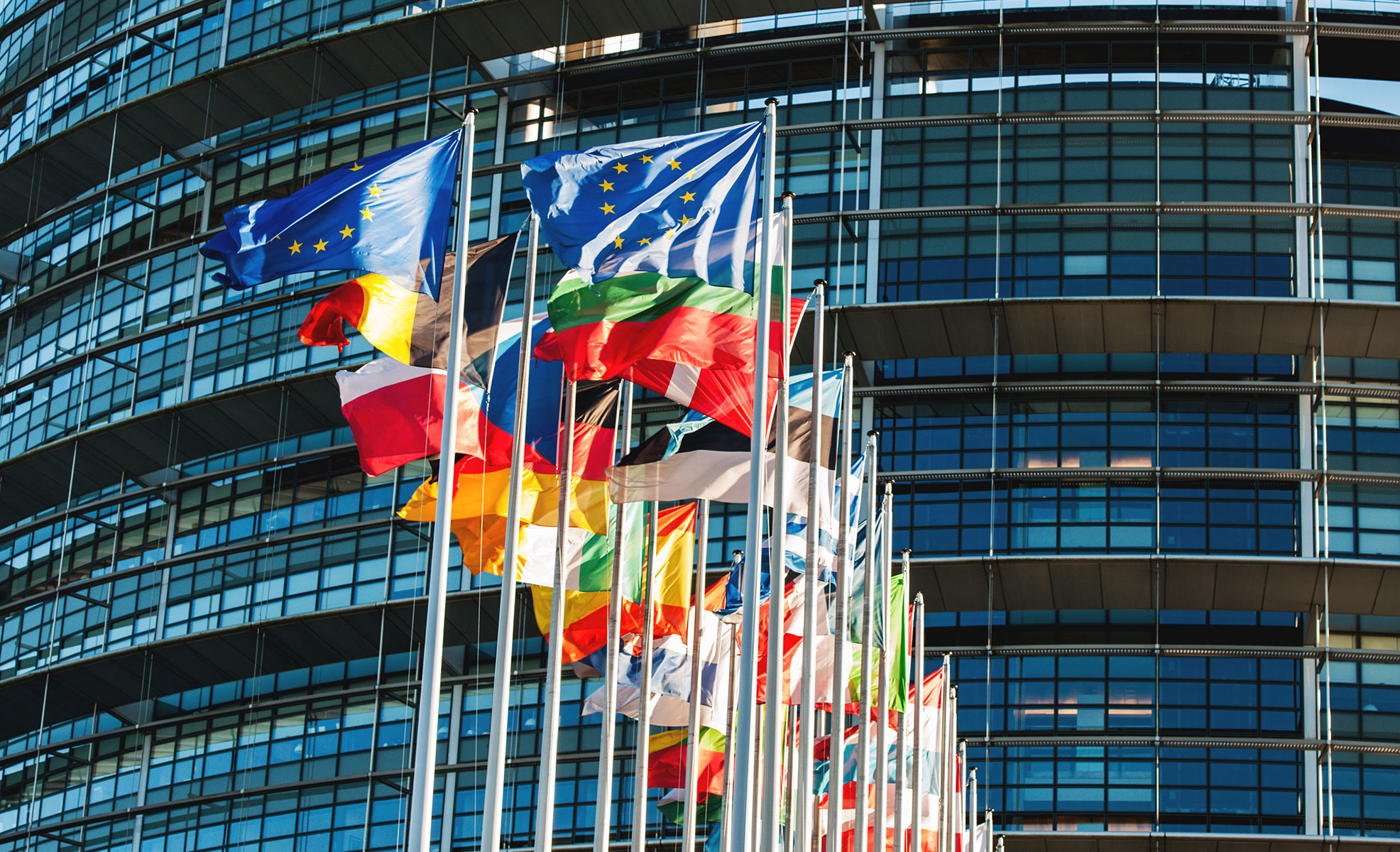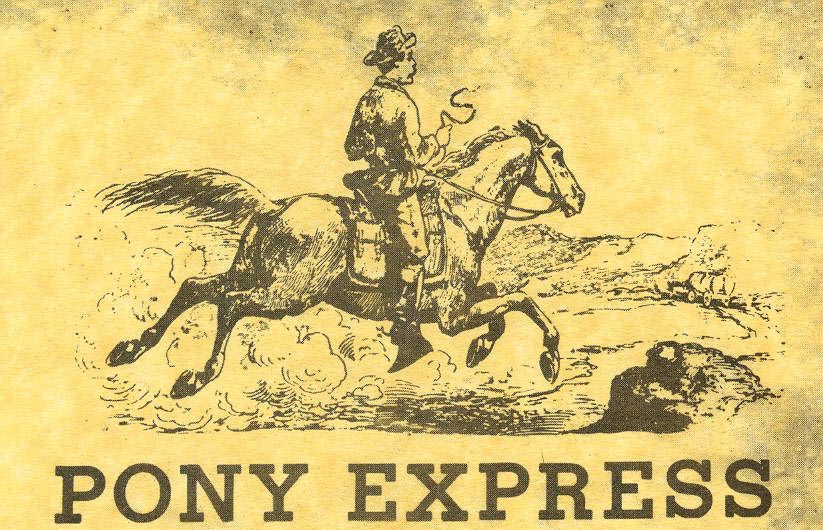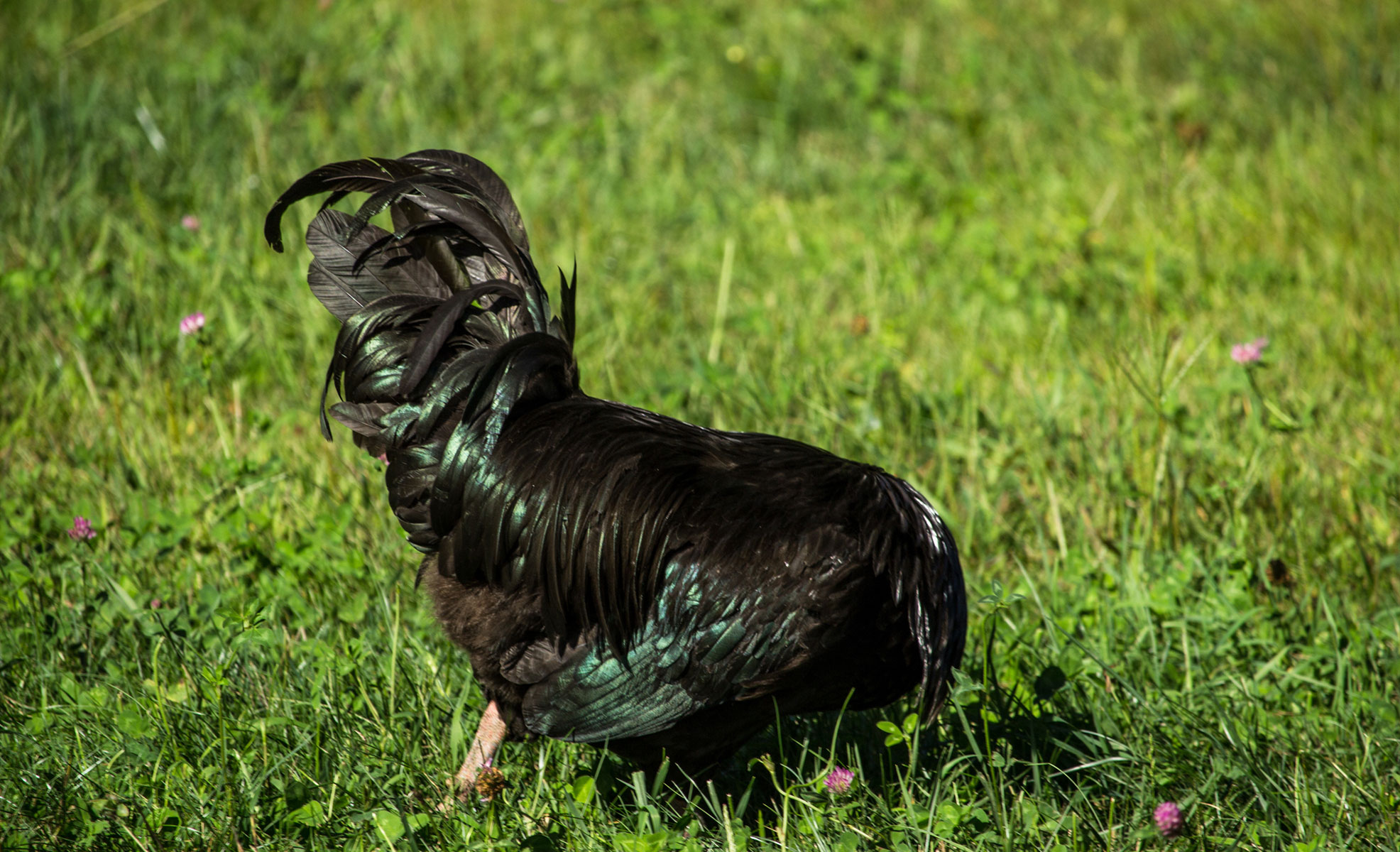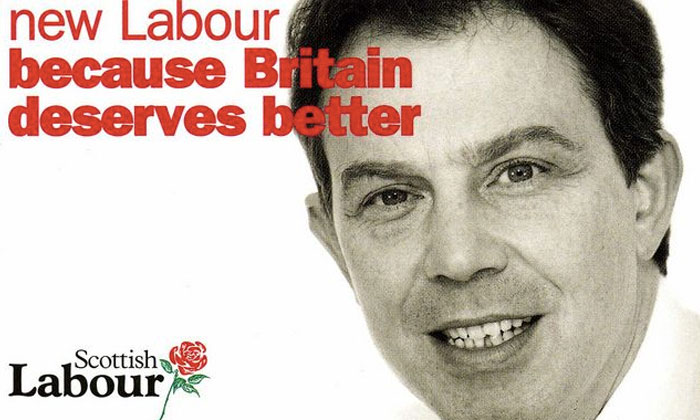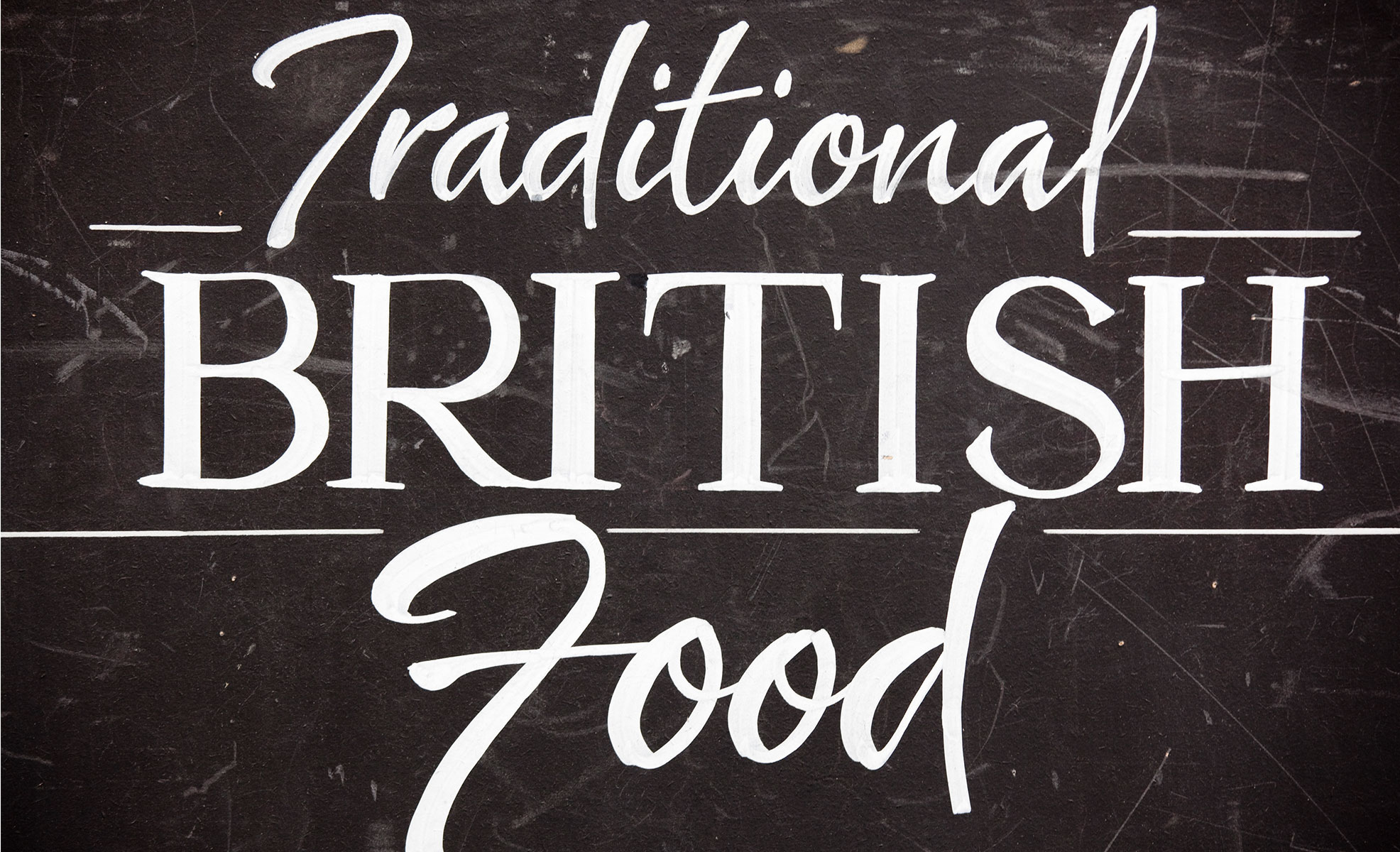Wanted: Orphans willing to risk death daily.

Above is an ad for the Pony Express that ran in 1860 and one to which the legendary Buffalo Bill applied to and got.
Now obviously something from a bygone era, however don’t believe things have changed that much.
We regularly receive invitations to apply for ‘jobs’ creating branding, designs, ads, social and PR strategies that you really can’t quite understand how people have the guts to ask.
Want to spend $5 on a logo?
Get one off the internet.
Someone will do it.
You’re not investing in yourself or in fact the poor desperado who will spend 2 minutes sending you an email with an iStock attachment. But you’ll feel smug with yourself that you’re a canny business operator.
Except you’re not really, you’re a time waster. Both your own and others.
Even worse, just like the Postal chiefs, you’re an exploiter. Just see the backlash that Uber, Deliveroo and fiverr are receiving over treatment of people. Just because someone’s desperate enough to sell it, shouldn’t mean you buy it.
We were recently sent an invite to tender for a roster we sit on. The email asked us to log in to an online system to review the brief. We duly went to the appropriate URL, searched out the relevant lot and proceeded to download the brief – all 13 pages of it. 13 pages asking for two table top tent cards that followed a set artwork style and had copy supplied.
In all honesty, a £50 job, even a favour if we liked you and had an honest relationship.
But it’s just cost more than that to go through the process of accessing and reading the brief.
Then we have to submit designs (well, artwork) and costs. Be awarded the gig, manage the print and then manage the invoicing and payment side.
Who knows the cost to the client in having someone write 13 pages of background, requirements and deliverables.
What an utter waste of time and money, and this from a government backed inward investment agency – someone charged with promoting good business practices and support for the local economy.
Of course, like the Pony Express, they’ll find someone willing to do it.
In fact, it wouldn’t surprise me if several respondents put in bids, all spending more on the tender than they can make. The tenderer will sit there patting themselves on the back, just like the $5 logo client, believing they have managed to get the best price for the job.
In the creative industries, we can often be viewed as doing it for the love, not the money. There’s some brilliant students and back bedroom freelancers out there that can do an amazing job for buttons. They’ll always undercut an agency because they don’t have the furniture and infrastructure to support. They may live with mum and dad, not in fact have dozens and dozens of mortgages to pay.
Fine if you’re a fledgling coffee shop or boutique vintage retailer. But if you’re serious about improving your business, if you are indeed a serious business, take it, well, seriously.
Work with genuine partners. Invest in the health of your agency both morally and financially. Yes, ask them from time to time to chip a bit off or do a freebie party invite for your daughter but understand they’re a business and as such, the better they’re doing, the better you’ll do as a result.
The investment you make goes into providing a better service back to you. Honest, it really does.
So, stop thinking that screwing your suppliers down makes you good at business and realise that in fact the opposite is true. Investment works for everyone.
In the end, it was investment in the railway that saved hundreds of orphans from being exploited by the fat cat postal chiefs.
